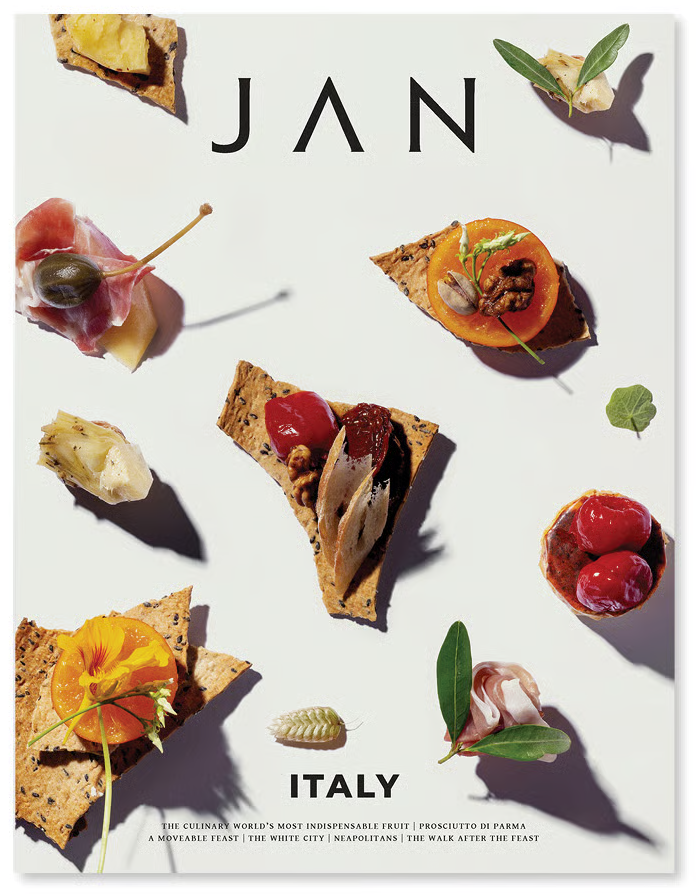The Culture of Cutlery
In our modern world of breakfast on-the-go, working lunches and TV dinners, it’s easy to forget that, whenever a knife glides through a piece of steak, a nest of spaghetti twirls around a fork, or a crème brûlée cracks under a spoon, we are wielding a technology that has been with us for so long that it almost defines what it means to be human. Save for a tribe of chimpanzees witnessed by Jane Goodall to have used blades of grass to scoop up termites, we are the only known species on earth to use cutlery.
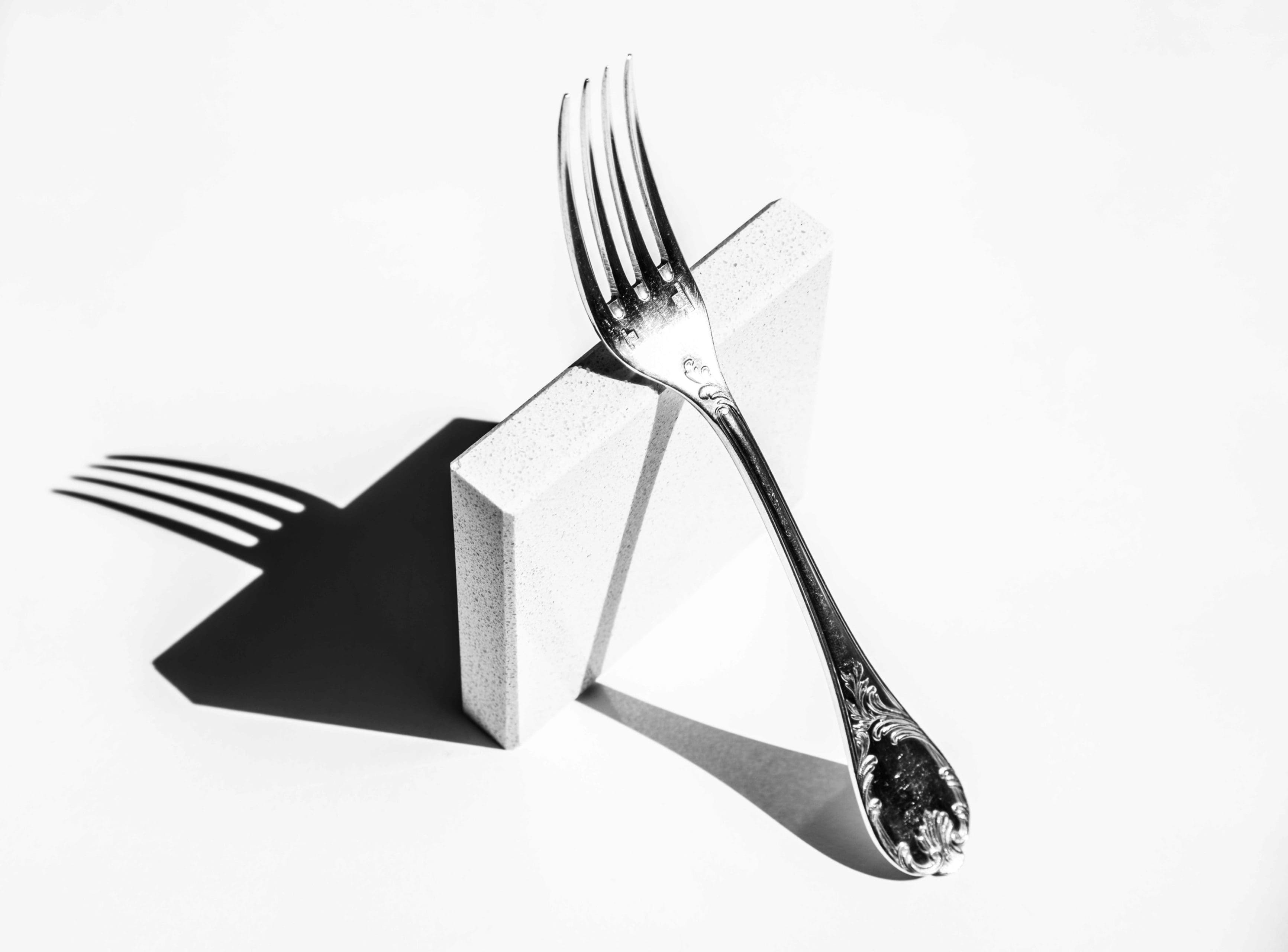
It comes as no surprise, then, that cutlery is our oldest form of toolmaking; and while some might know the exact purpose of a demitasse spoon, others are quite content to use whatever implements get the job done. Intricacies aside, however, each of the most essential items of cutlery on the average Western table – that is, the knife, fork and spoon – has a story to tell that speaks more to human nature (for better or worse) than it does to our ingenuity as a species.
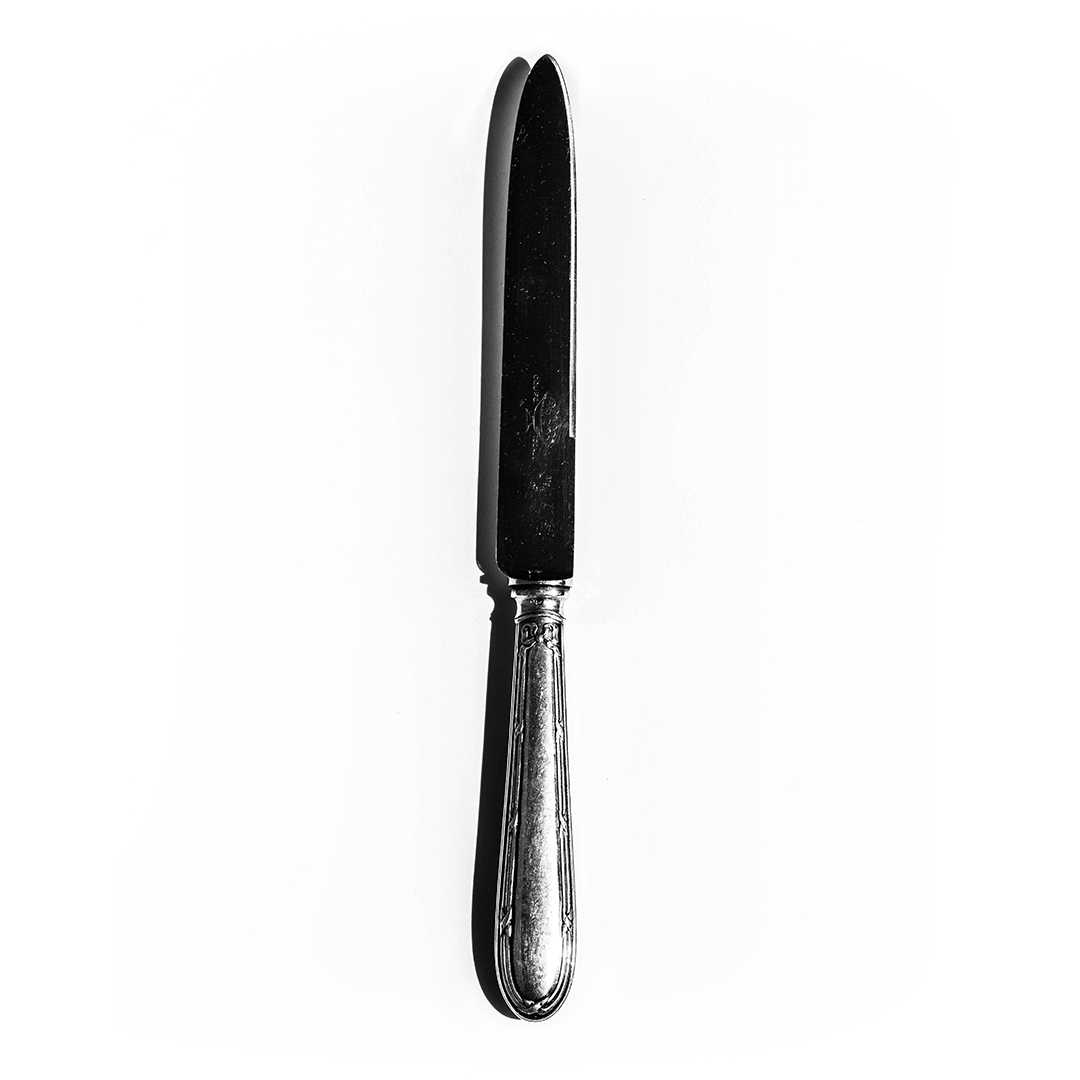
The Knife
• Cutting our food using a sharp object – the first such occurrence recorded to have taken place 2.6 million years ago – was our first step as a species towards preparing our food for cooking.
• By the European Middle Ages, most people carried a sheathed knife with them to use during meals, as a weapon, and as a status symbol; much like a watch or item of jewellery is used to convey one’s standing nowadays.
• No other item of cutlery has seen as many incarnations. In food preparation alone, one routinely encounters cook’s knives, paring knives, bread knives, santokus, cleavers, mandolins, mezzalunas, and even a very handy knife used for everything from cutting wood to gutting fish, called a tou.
• Following an incident in the court of King Louis XIII in 1637, where a dinner guest was seen using a sharp-edged knife to pick his teeth, the king allegedly ordered that all his cutlery knives be forged blunt henceforth. By 1669, his successor Louis XIV forbade all cutlers in France from forging pointed dinner knives. And so, the blunt dinner knife we all know and love (or hate) was born. It was only after World War II that we saw the steak knife’s rise to fame.
The Fork
• As a kitchen tool, the concept of the fork has been around since Ancient Greece, where it was first used for roasting meats. The carving fork – the one used to pin down a large cut of meat while slicing it into more civilised portions – came later, making its first appearance in the Middle Ages.
• The sight of a row of forks flanking one’s under plate, organ-pipe-like in descending order towards the left, is enough to fill even the most seasoned fine diner with dread. The golden rule of fine dining is simply to work your way from the outside in.
• The early 20th century – an era characterised by countless books on etiquette and, in particular, fork usage – is generally considered to have been the fork’s golden age, at least in the West.
• There were forks for everything, including olives, peaches, corn, and even meat on the bone. Very seldom was anything eaten by hand above the servant quarters, which could also be attributed to the fact that the privileged classes had grown afraid of touching food, or indeed of doing anything that would cause the food to produce a sound of any kind.
• It may seem counterintuitive, but being overly fussy about which fork to use for what occasion actually conveyed insecurity and risked exposing one’s true pedigree. A true member of the noblesse was a master of what was known as “refined coarseness”. In certain instances, it was deemed acceptable – even preferable – to use one’s hands, such as with certain fruits, vegetables and crackers in a scenario involving platters.
• All rules aside, using a fork is still considered the politest way of eating in Western society at large.
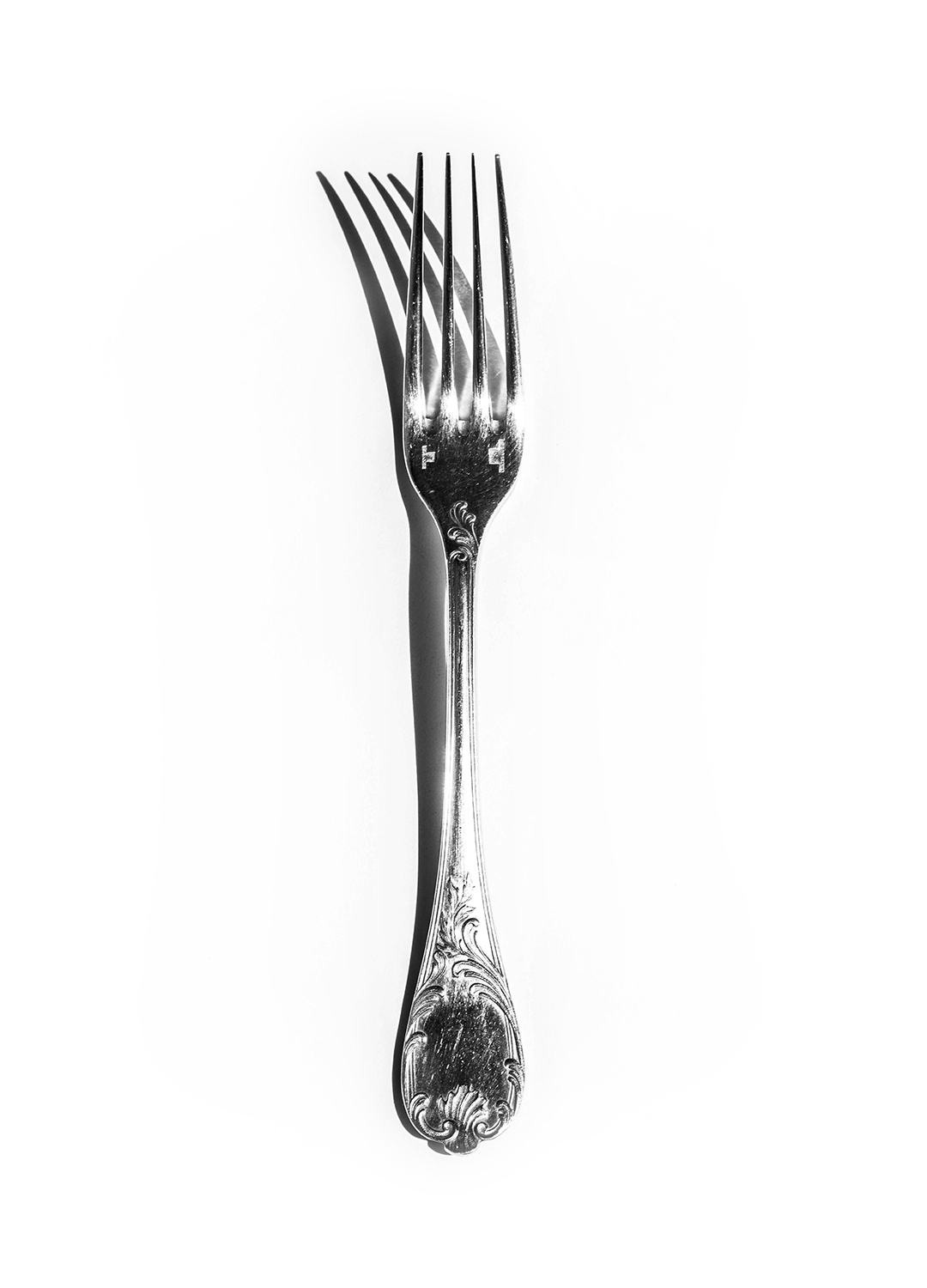
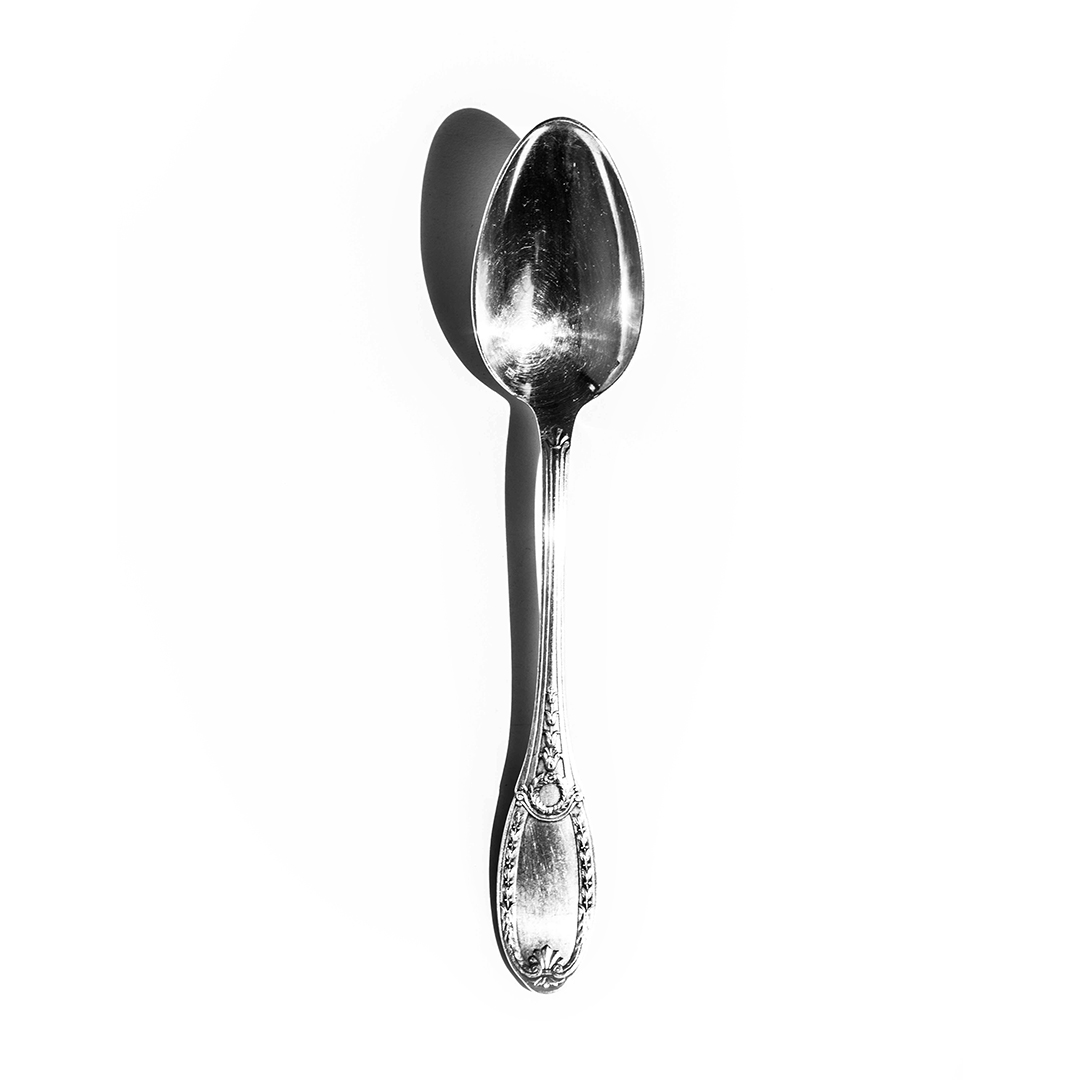
The Spoon
• Apart from being the most widely used item of cutlery in the world, the spoon is generally the first implement we master as infants.
• Used for anything from stirring and scooping to serving and measuring, spoons occur in every culture and every country.
• Most modern spoons – whether sterling silver or stainless steel – owe something to the trifid spoon, which was first hallmarked in the 1660s in the England of Charles II. The trifid was characterised by an egg-shaped, oval bowl that narrowed towards the base and the tip. Unlike its Medieval predecessors, the fork’s design allowed one to look elegant while devouring a boar stew.
• Because the spoon is so widespread, no other item of cutlery says quite so much about its culture. Consider, for instance, the Georgian-era marrow spoon, the Japanese bamboo tea scoop, and the Afghan kafgeer (used for shovelling rice), and you’ve had a history and geography lesson in one sitting.

